Chengdu and its surrounding metropolitan area are known as a significant religious and spiritual hub, attracting both pilgrims and tourists with its numerous temples, monasteries, and historic sites. Today, we’re diving into the next three UNESCO World Heritage Sites in the region (last time, we introduced you to the panda resorts in Chengdu). This time we’ll explore Qingcheng Mountain (青城山, Qīngchéng Shān) and the Dujiangyan Irrigation System (都江堰), both inscribed on the World Heritage List in 2000. These sites are absolutely worth a visit!
A Taste of Chengdu and the Ride to Qingcheng Mountain
We kick off our adventure with a classic Chinese breakfast right next to our hotel. Today’s treat is Jianbing, a traditional Chinese pancake or crêpe that originated in northern China. You’ll find these delicious snacks at small street stalls, especially in bustling pedestrian zones. The thin, crispy pancakes are made from wheat and bean flour, filled with a variety of toppings, and prepared right in front of you. The batter is spread on a hot griddle, brushed with a raw egg, and topped with your choice of ingredients.

Our Jianbing is served with a classic sauce and a mix of toppings: crispy potato strips, spicy pickled chilies, tangy fermented beans, savory smoked Chinese sausage (not usually my favorite, but it works here!), fresh lettuce, scallions, and a crunchy cracker. The result is an explosion of flavor and texture: savory, spicy, tangy, fresh, crunchy, umami-rich, and slightly sweet. It’s our favorite breakfast in China—and at an unbeatable price (usually under 1 Euro per serving)!
After a quick cook, it’s folded up and served in a small bag—perfect for eating on the go!
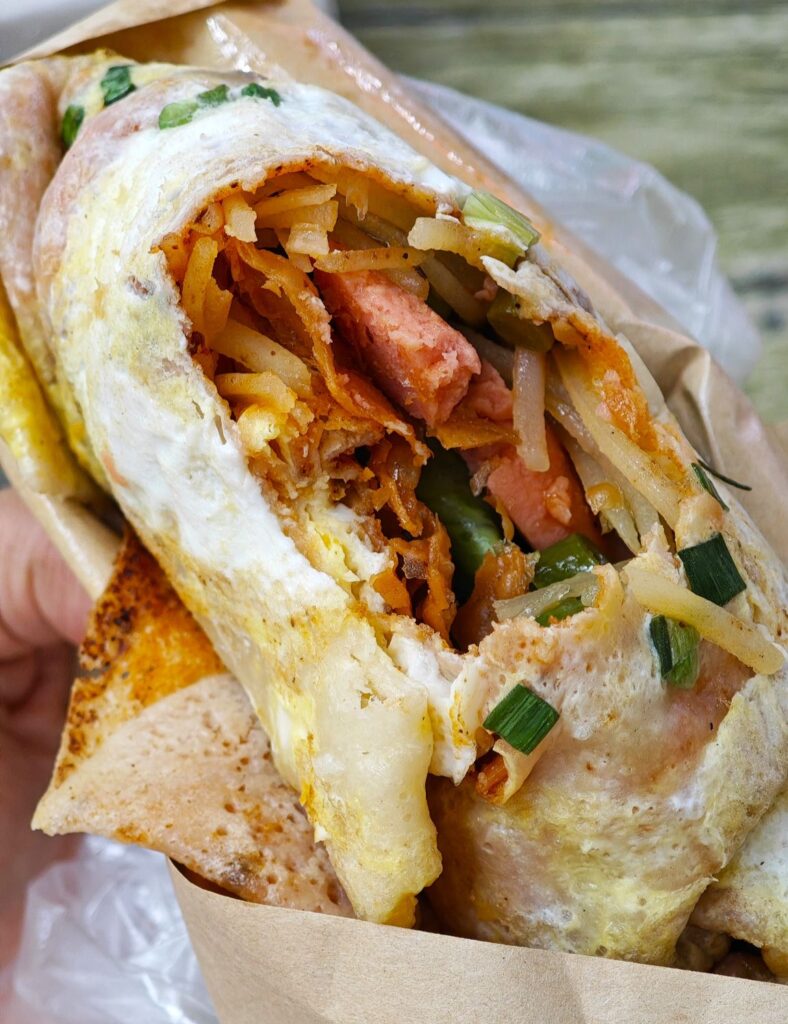
Exploring Tianfu Square and Heading to Qingcheng Mountain
After breakfast, we head to Tianfu Square (天府广场), the cultural, economic, and political heart of Chengdu.
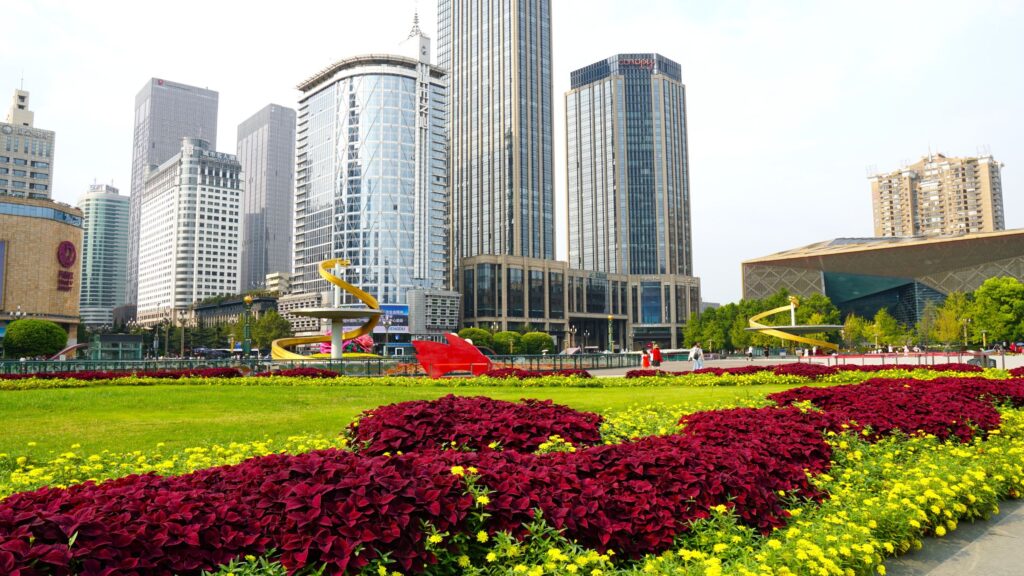
Originally built on the site of an ancient imperial palace, the square now features a spacious plaza with a Yin-Yang symbol at its center, surrounded by modern architecture.
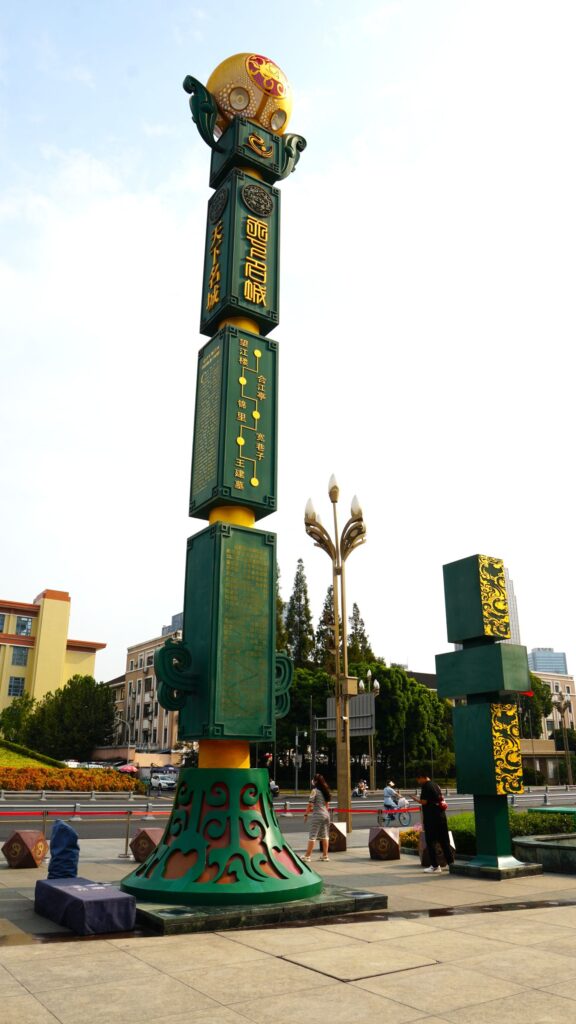
After a quick stop, we hop on the metro (Line 2) for a 30-minute ride to Xipu Station (犀浦站), then take a high-speed train to Qingchengshan.

The train ride takes about 30 minutes and costs around 10 RMB per person. Tickets can be easily booked online via platforms like Trip.com. Upon arrival, a shuttle bus takes us to the entrance of the Qingcheng Mountain temple complex.
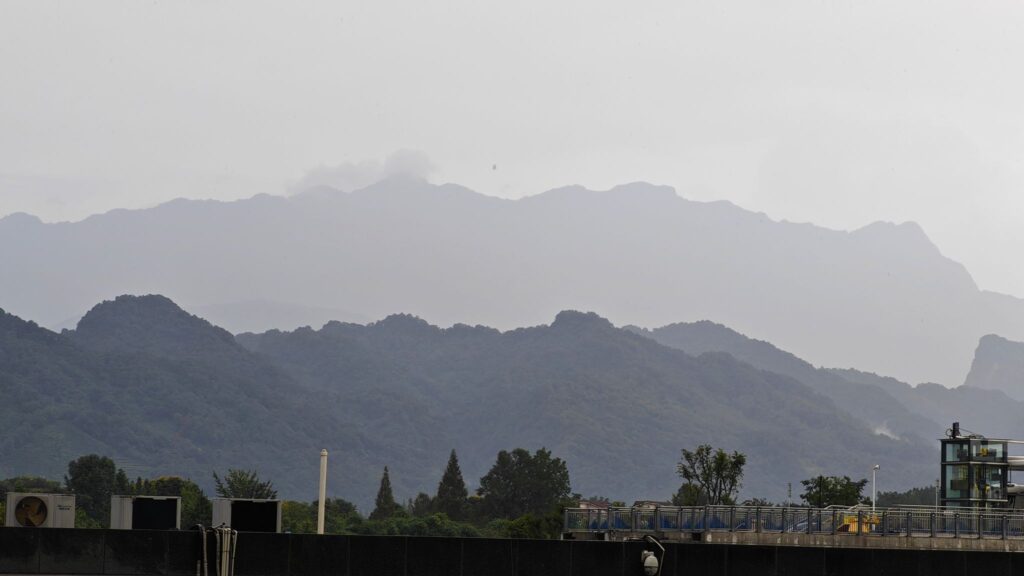
Qingcheng Mountain: A Sanctuary of Nature and Spirituality
Qingcheng Mountain is known for its dense forests, gentle slopes, deep valleys, clear streams, and rich biodiversity. In Chinese literature, it’s often described as “the most peaceful and secluded place under heaven.” The name Qingchengshan (青城山) is composed of three Chinese characters, each with its own meaning:
- 青 (Qīng): Meaning “green” or “blue,” this character represents freshness, life, and nature, reflecting the mountain’s lush vegetation.
- 城 (Chéng): Meaning “city” or “wall,” it symbolizes the mountain’s natural fortress-like landscape.
- 山 (Shān): Meaning “mountain” or “peak.”
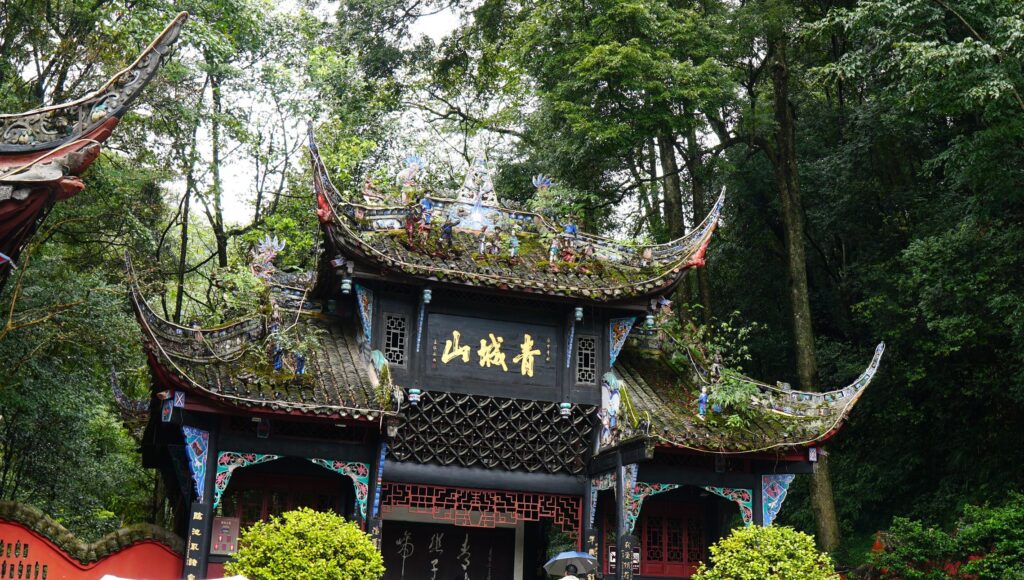
The main gate bears 山城青 (Shān Chéng Qīng), an inversion of the mountain’s name, 青城山 (Qīng Chéng Shān) which exemplifies the artistic and often poetic design of inscriptions in Chinese culture.
The well-maintained hiking trails offer breathtaking views and a chance to soak in the serene atmosphere. If you’re lucky, you might witness or even participate in Taoist ceremonies, or simply bask in the spiritual energy of this place.
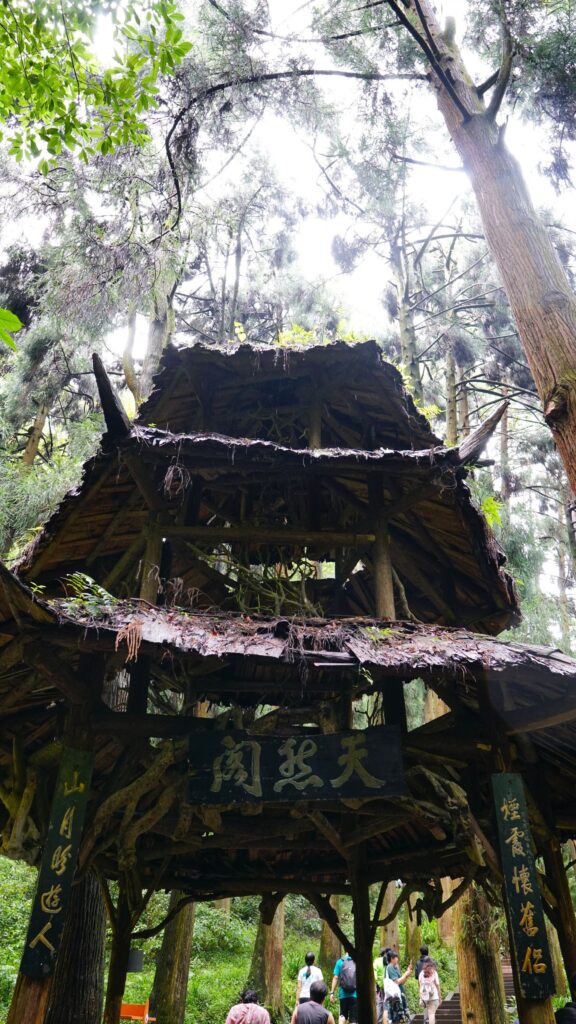
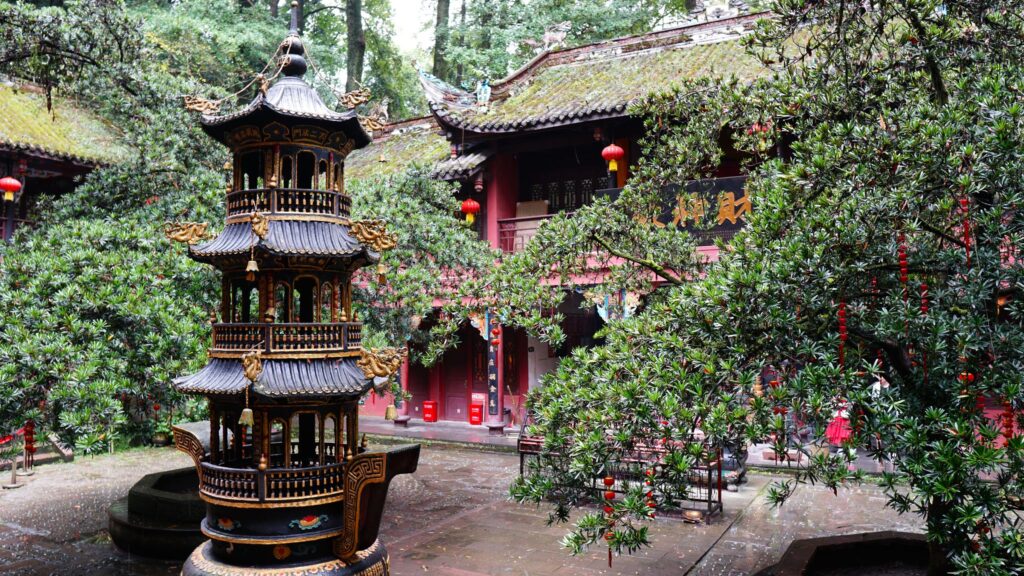
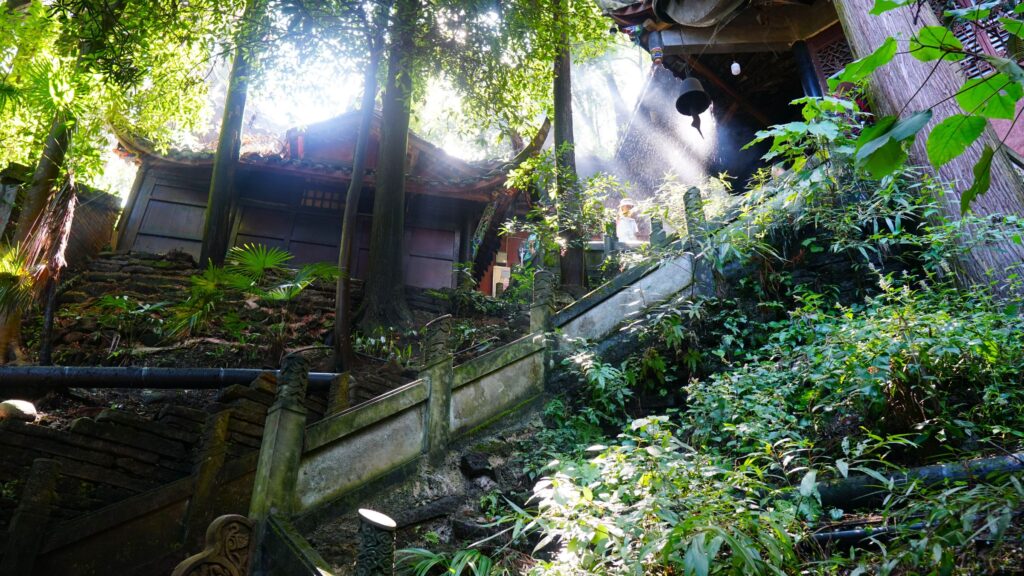
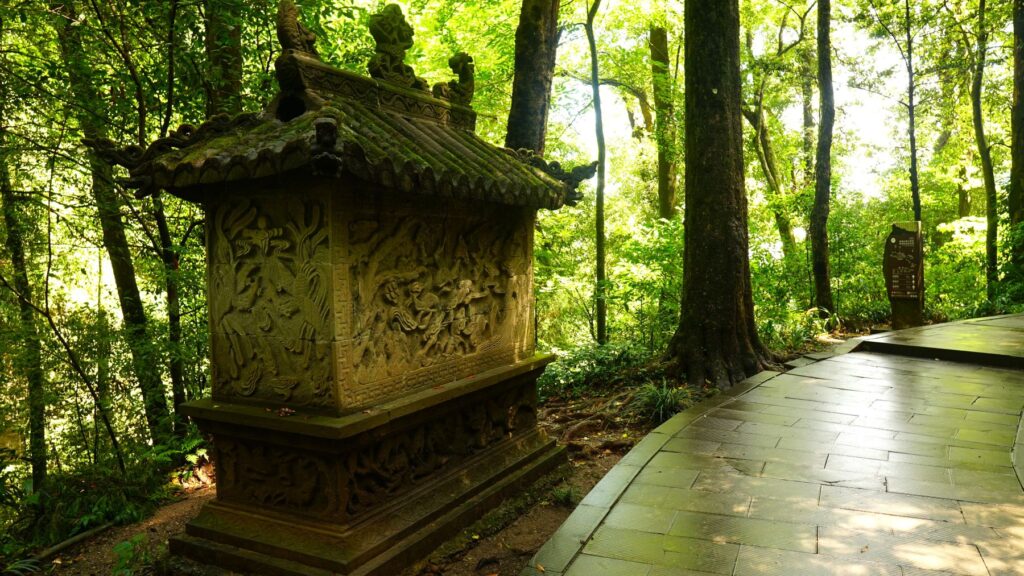

A Birthplace of Daoism
Qingcheng Mountain and its temple complex are considered one of the birthplaces of Daoism, one of China’s most important philosophical and religious traditions. Legend has it that Zhang Daoling, the first “Celestial Master” of Daoism, founded the “Way of the Five Pecks of Rice” here in the 2nd century CE, laying the foundation for organized Daoism. Over the centuries, the mountain became a major pilgrimage site, home to numerous temples and monasteries. During the Jin and Tang dynasties, more temples were built, solidifying its status as a spiritual and philosophical center.

Recovery from the 2008 Earthquake
On May 12, 2008, the devastating Wenchuan Earthquake (汶川地震), measuring 8.0 on the Richter scale, struck Sichuan Province. It was one of the most destructive earthquakes in China’s history. Qingcheng Mountain, near the epicenter, suffered significant damage, with many historic temples and buildings destroyed. Thanks to extensive restoration efforts, much of the cultural and religious heritage has been restored, and the mountain now shines in its former glory.


Getting Started
After a quick snack of Jiaozi (Chinese dumplings) at a street stall near the shuttle bus stop, we arrive at the temple complex’s entrance.
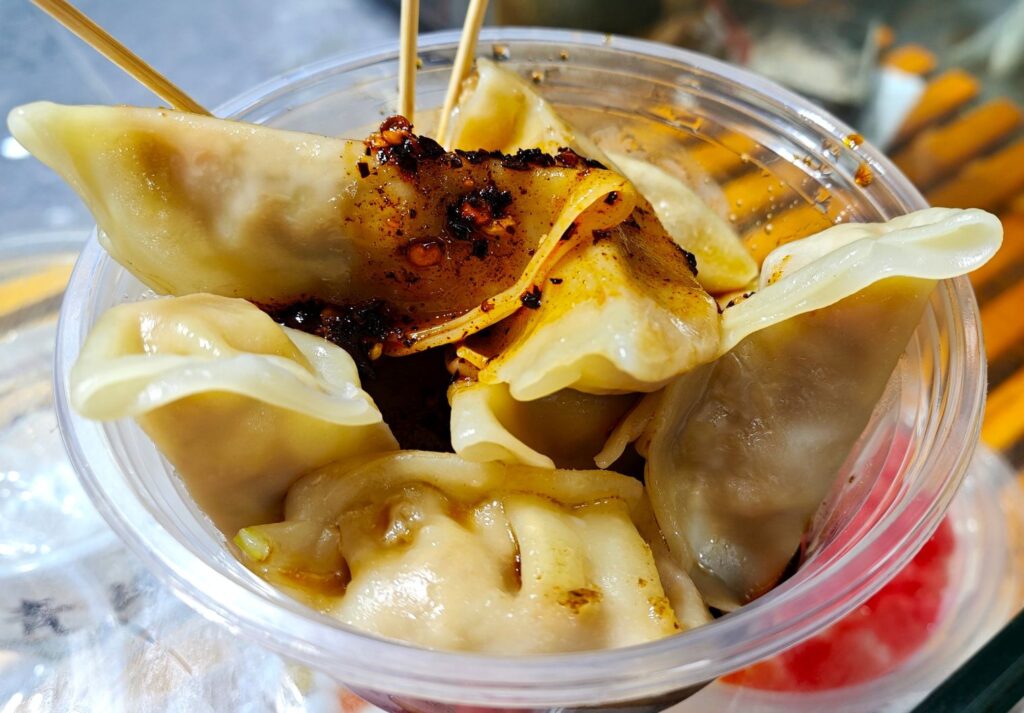
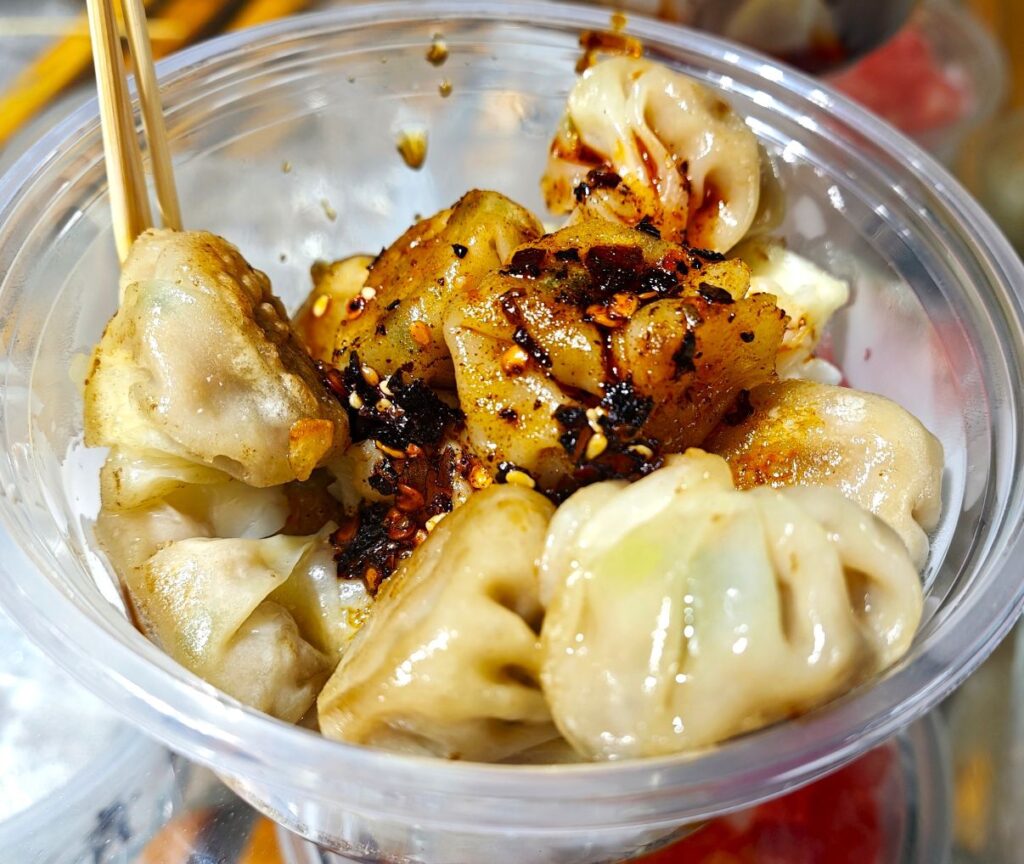
Before starting our hike, we purchase tickets at the entrance. The prices vary depending on whether you want to take the cable car, explore only the front part of the mountain, or venture into the back part as well. Adults pay around 90–110 RMB per person, with discounts for children.
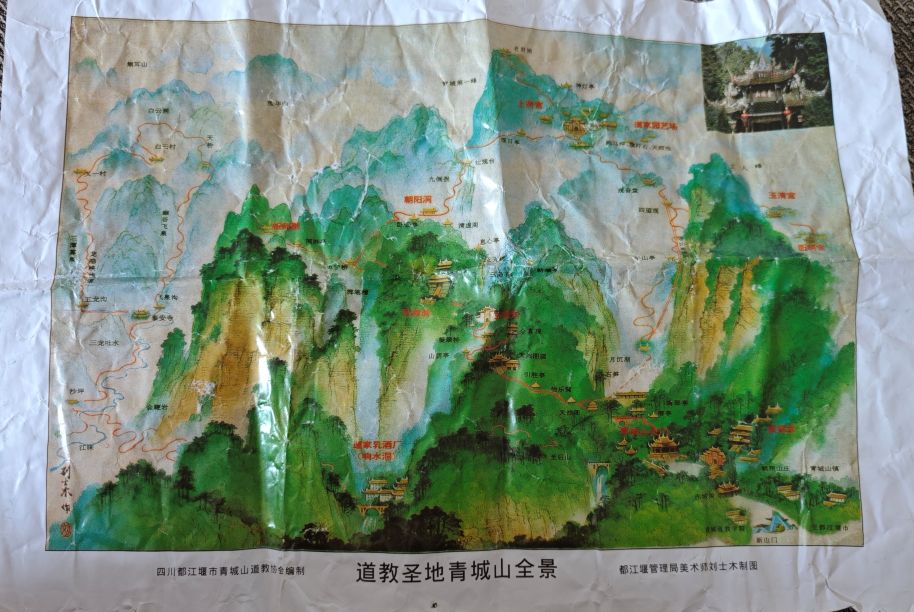
You will also receive a map of the mountain here, though for those who do not understand Chinese, it might feel more like a puzzle. But don’t worry: along the paths, you will find well-marked signposts.
The front and back sections of the mountain usually require separate tickets. The front side is more focused on temple visits, with rich cultural and spiritual landmarks, while the back side is more about hiking and nature. The front side can be covered in about half a day, while the back side is more strenuous and usually takes a full day, offering a wilder mountain adventure.
The Ascent
The hike to the summit of Qingcheng Mountain🎬 takes you past cascading streams and emerald-green forests—especially verdant as we approach the end of Chengdu’s rainy season.
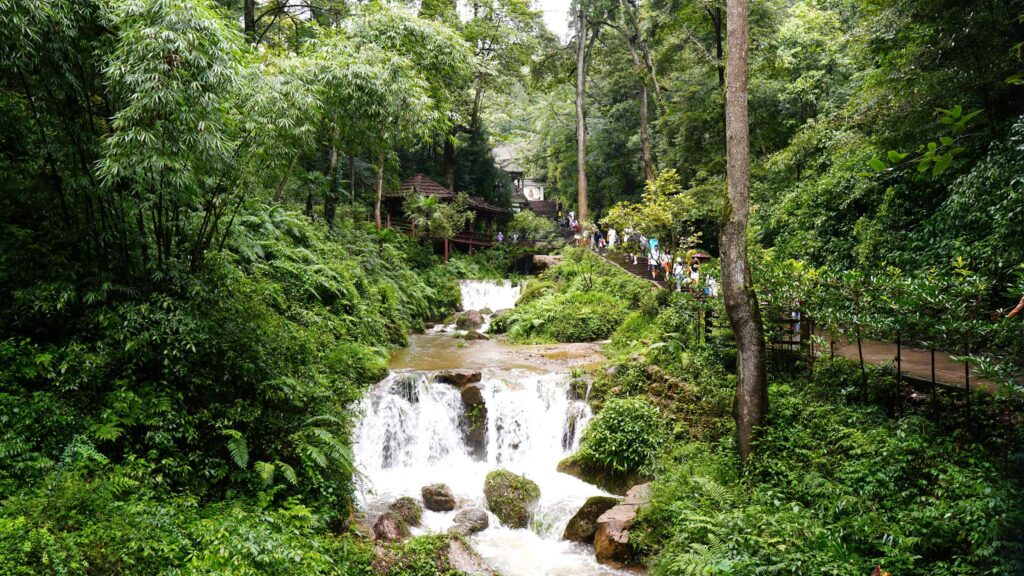
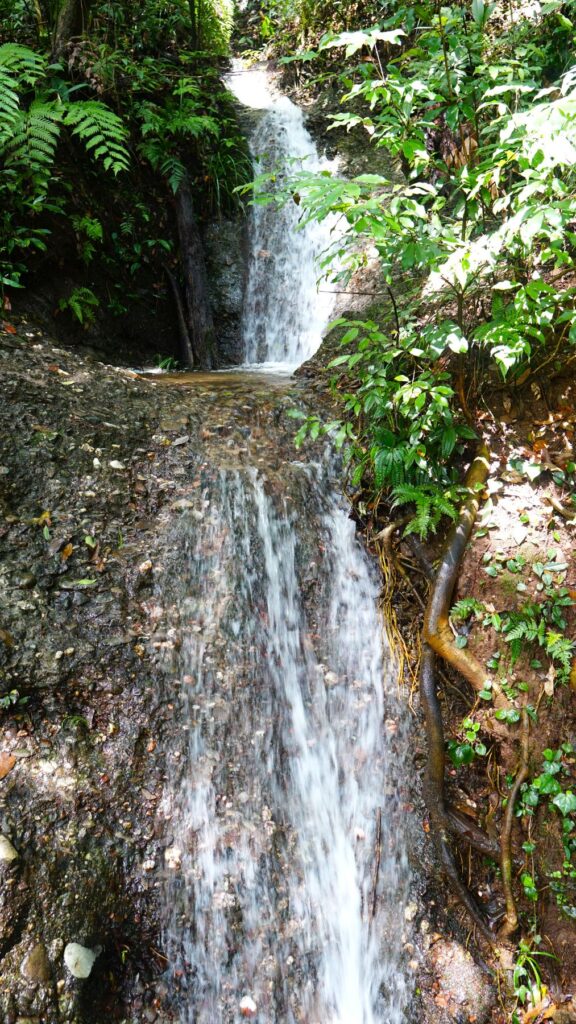
Along the way, you’ll come across numerous temples and caves, each with its own spiritual and religious significance.

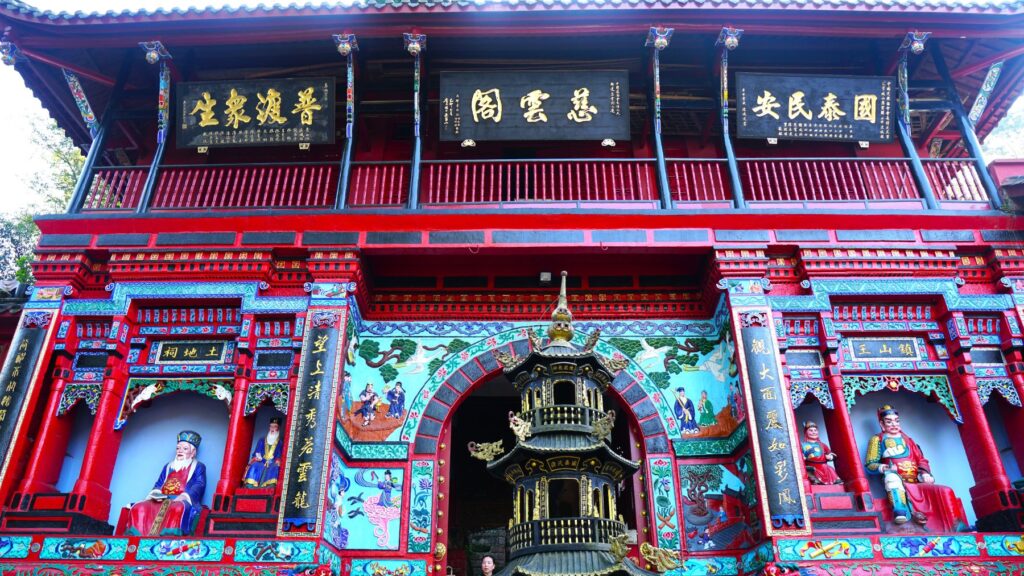
The trails are adorned with prayer tablets, candles, incense sticks (Xiāng, 香), rock formations shaped like Yin and Yang, altars with statues of deities, and offerings. You may also spot some of the mountain’s resident monks, easily recognizable by their simple, often blue robes.
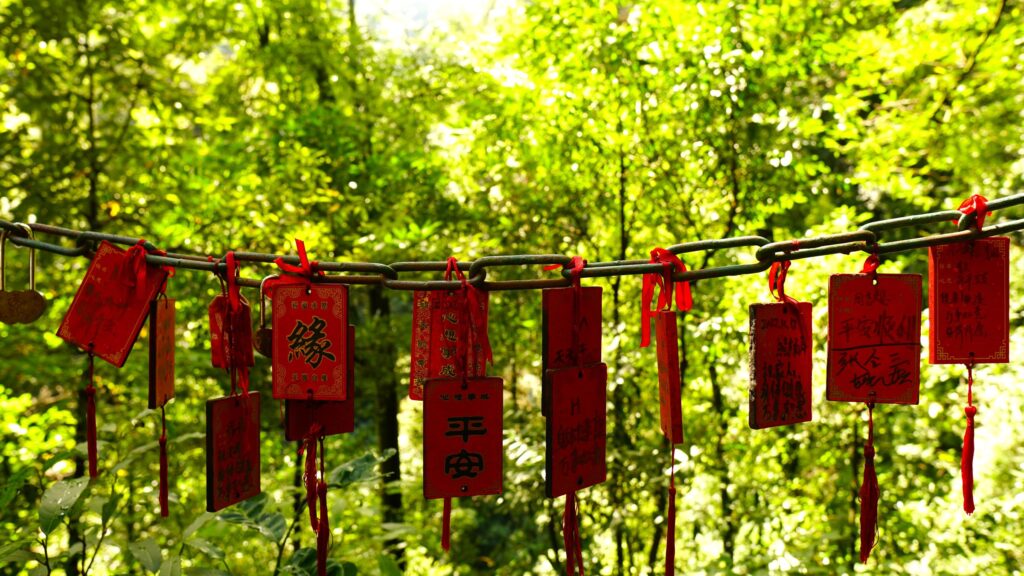
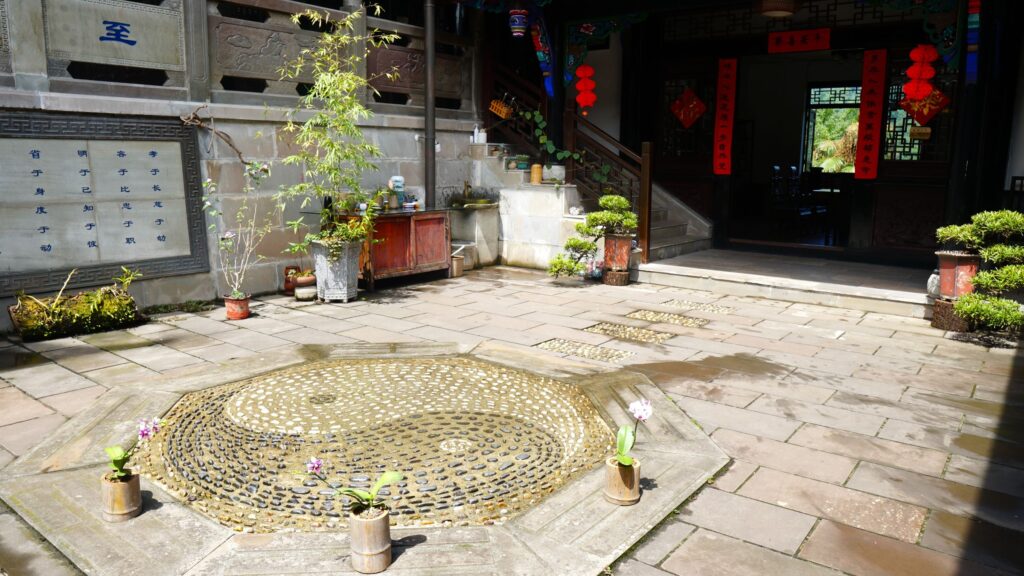
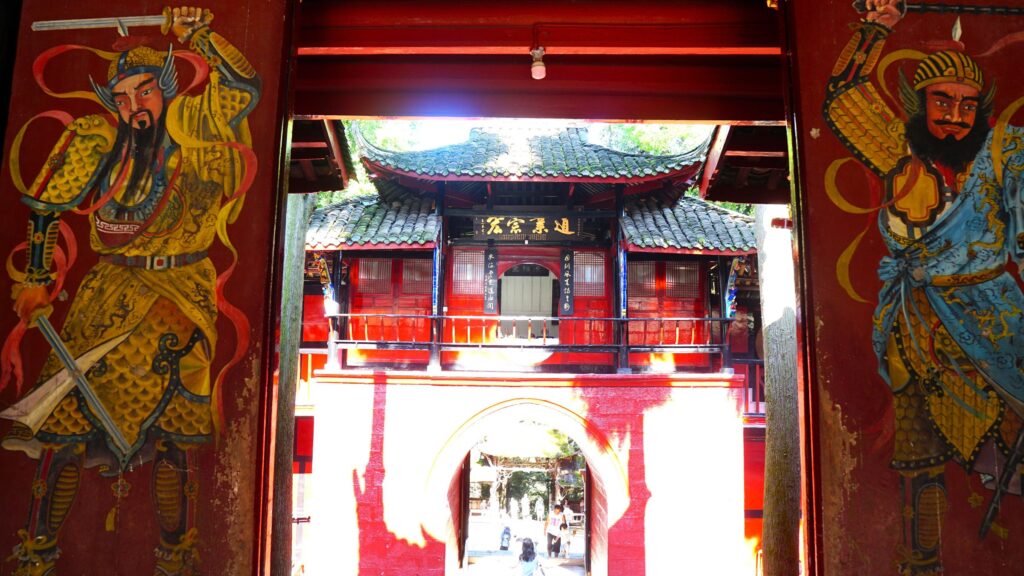

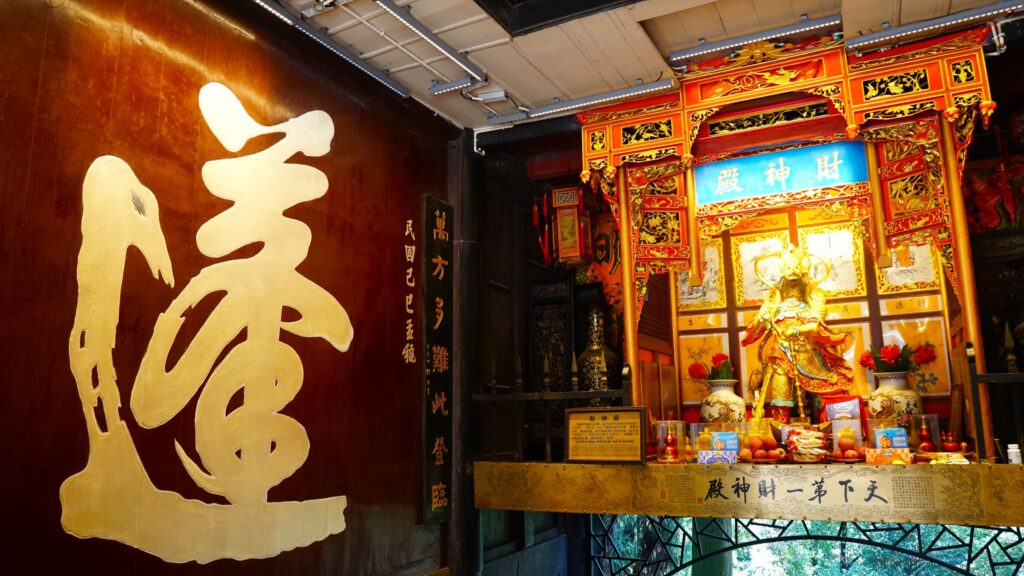
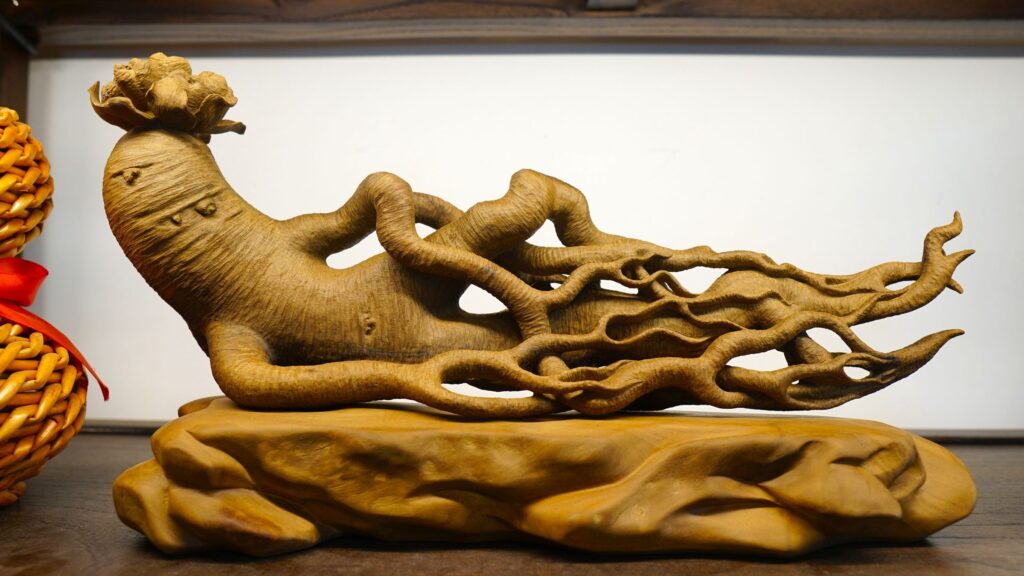
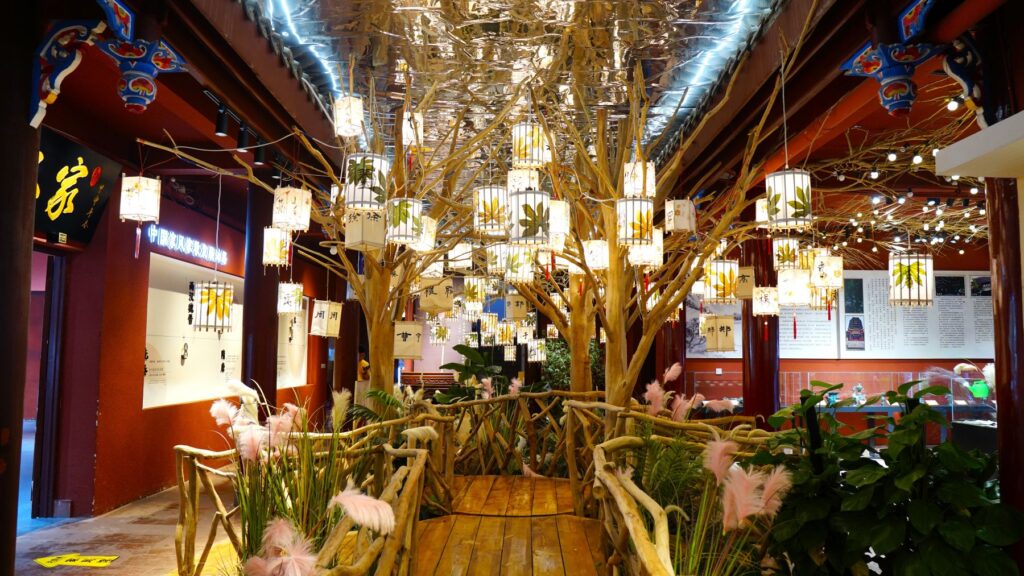
Main Attractions of Qingcheng Mountain
Jianfu Palace (建福宫): Right next to the main entrance stands one of the oldest and most important temples on the mountain, Jianfu Palace (建福宫, Jiànfú Gōng). This temple, free to enter, serves as the starting point for many tourists and pilgrims. Built during the Tang Dynasty (618–907 CE), it is dedicated to Zhang Daoling, the Taoist Celestial Master. The name 建福宫 (Jiànfú Gōng) translates to “Palace of Established Happiness or Blessings,” symbolizing the pursuit of prosperity, peace, and spiritual fulfillment.
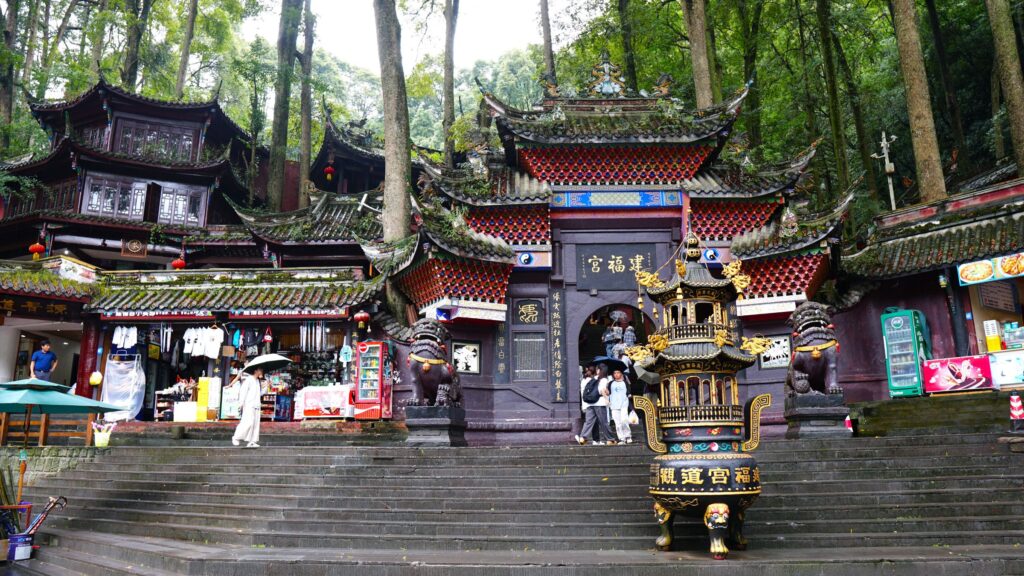
Tianshi Cave (天师洞): Known as the “Cave of the Celestial Master,” this is one of the oldest and most important temples on Qingcheng Mountain. It was built in honor of Zhang Daoling, the founder of religious Daoism, and is said to be the place where he meditated and taught.
Ancestral Temple (祖师殿, Zǔshī Diàn): Dedicated to past Daoist masters, this temple offers a peaceful environment for meditation and reflection.
Chaoyang Cave (朝阳洞): A temple built directly into a cliff face, this site is particularly beautiful during the rainy season when water cascades down the rock. In Taoist tradition, water symbolizes renewal and the flow of life, and many pilgrims consider it sacred, using it for ritual cleansing or drinking to attain spiritual purity.
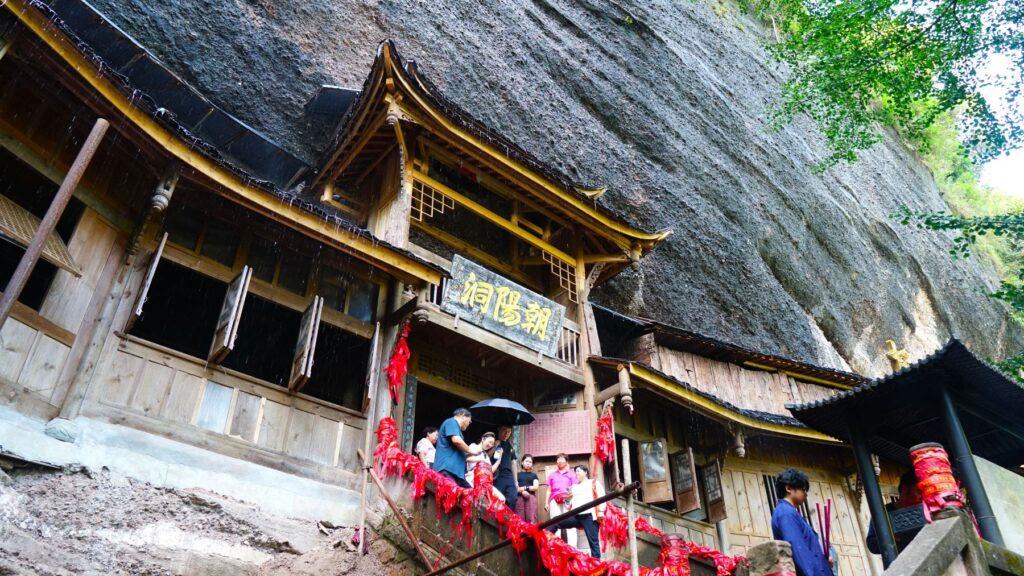
Shangqing Palace (上清宫): Located halfway up the mountain, this palace is dedicated to the Jade Emperor (玉皇, Yù Huáng), one of the highest deities in Taoism. It’s a key site for Taoist rituals and ceremonies.
Five-Cave Heaven (五洞天, Wǔ Dòngtiān): A series of five natural caves connected by pathways and bridges, symbolizing the connection between heaven and earth in Daoist philosophy.
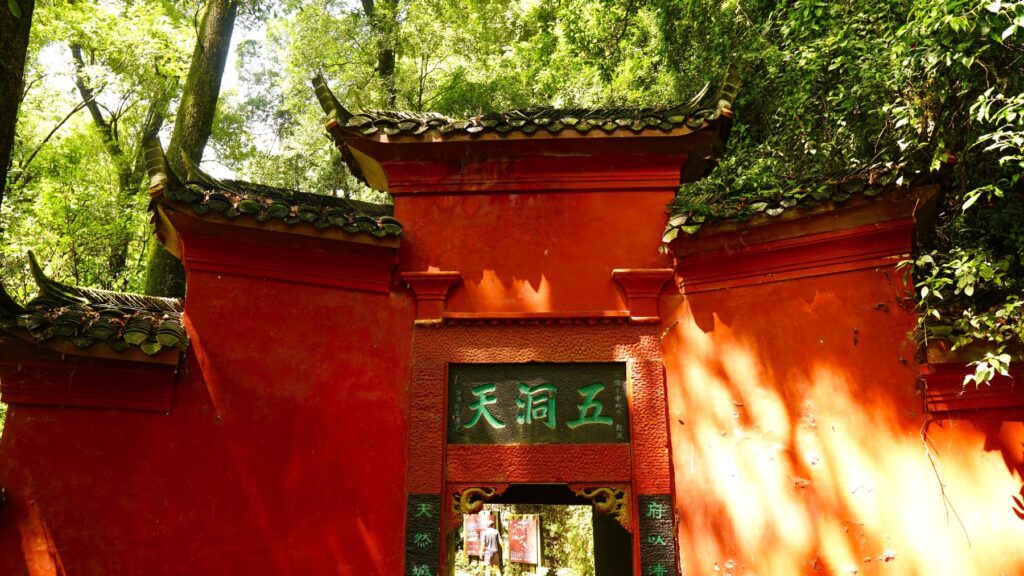
Each cave represents one of the five Taoist elements—wood, fire, earth, metal, and water—combining nature and spirituality.
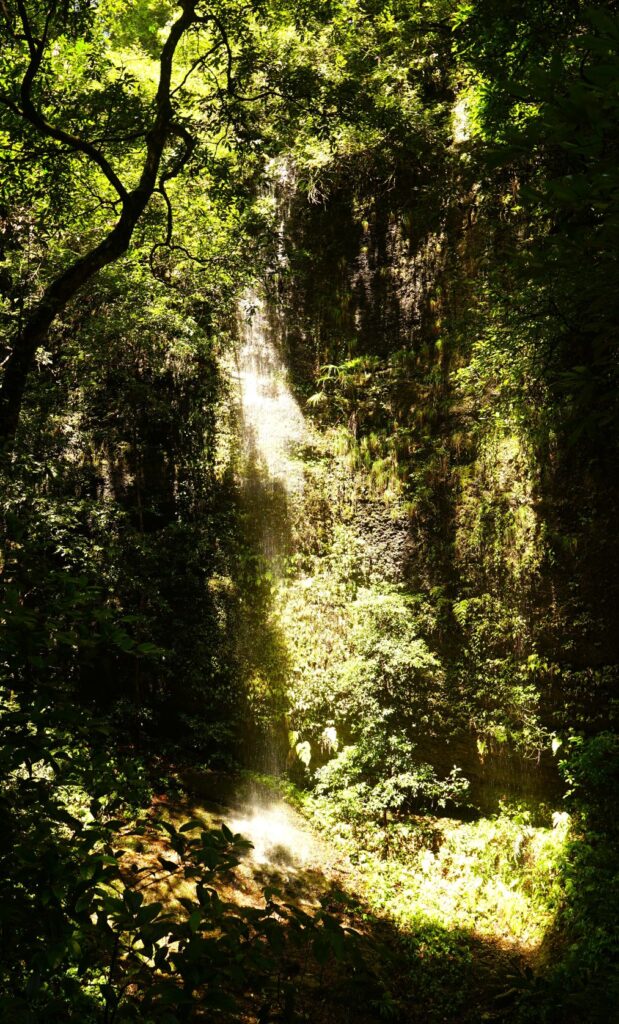
Laojun Pavilion (老君阁, Lǎojūn Gé): At the mountain’s summit, 1,260 meters above sea level, this pavilion is one of Qingcheng Mountain’s key attractions.

The pavilion is dedicated to Laozi, the legendary philosopher and central figure of Daoism, symbolizing the connection between heaven and earth.
Built in traditional Chinese style with curved roofs, red pillars, and intricate decorations, it offers a panoramic view of the surrounding peaks.
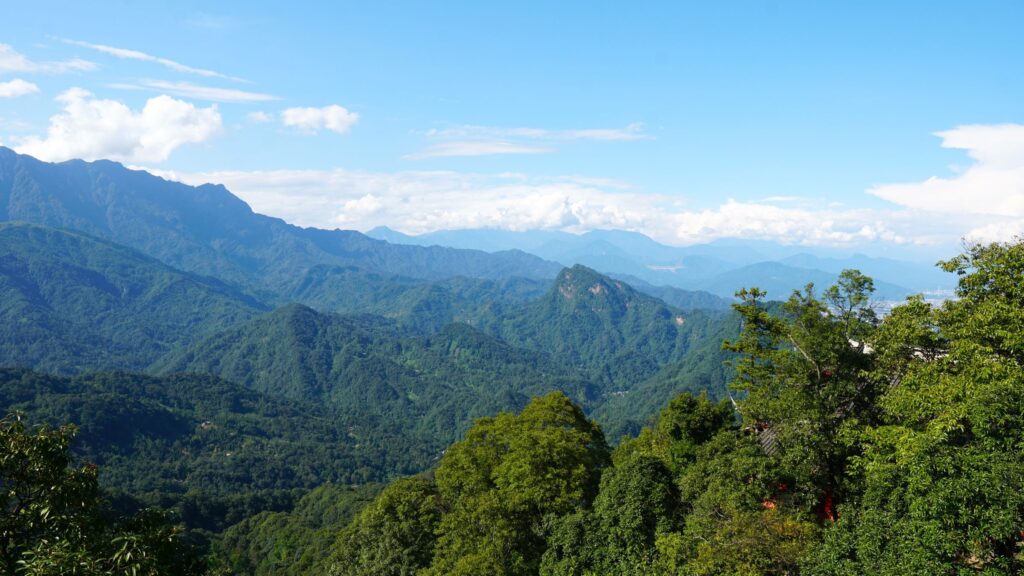

Descending by Cable Car and Exploring Yuecheng Lake
On the way down, we make our way to the Qingchengshan Cable Car (青城前山索道, Qīngchéng Qiánshān Suǒdào). The 5–10 minute ride down the mountain gives us immersive views of dense forests, rugged cliffs, and Taoist temples seamlessly integrated into the nature.
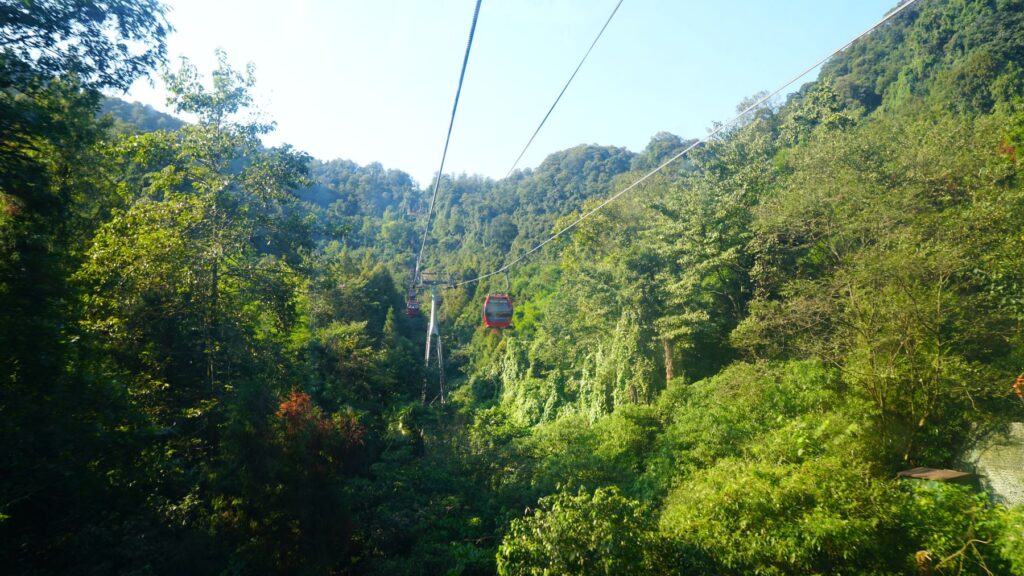
At the mountain foot, we arrive at Yuecheng Lake (月城湖, Yuèchéng Hú), a picturesque spot surrounded by green hills and dense forests. The lake’s calm, mirror-like surface reflects the surrounding scenery, creating an almost mystical scene. You can either walk around the lake or take a boat ride (10–20 RMB per person) to reach the exit.
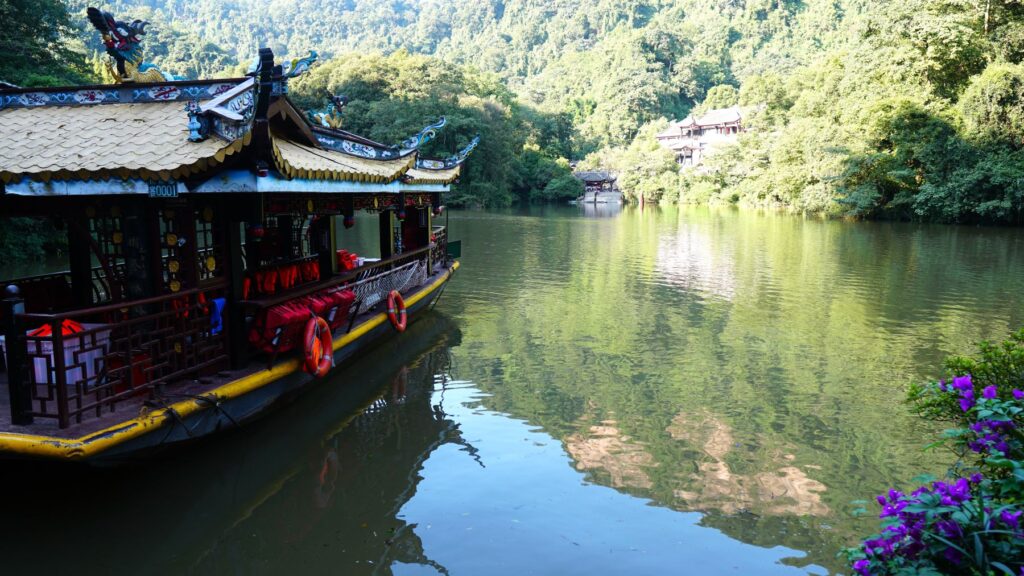
To get to the main road, you can hire a private tuk-tuk for a few RMB.
A Trip to Dujiangyan
After we reach the main road, we’re met by a crowd of eager taxi drivers. After some lively discussions and negotiations, we finally settle on a price for the ride to our final destination of the day: the ancient Dujiangyan Irrigation System.
A 2,000-Year-Old Engineering Feat
The Dujiangyan Irrigation System (都江堰) was built around 256 BCE during the Warring States period by Li Bing, the governor of the Shu region, and his son. This ingenious system was designed to regulate the Minjiang River (岷江), a tributary of the Yangtze River (长江), to prevent flooding and irrigate the surrounding farmland.
What makes this ancient water management system so remarkable is that it operates entirely without dams. Instead, it relies on a clever combination of natural topography, weirs, canals, and sluice gates to control the flow of the Minjiang River and direct water to the fertile Chengdu Plain. Still in use today, it plays a vital role in the region’s agriculture and water supply.
Arriving at the South Bridge: A Gateway to History
We’re dropped off at the South Bridge (南桥, Nánqiáo), one of the historic bridges near the Dujiangyan Irrigation System. Located within the scenic area of Dujiangyan City, this bridge is an impressive example of traditional Chinese architecture and engineering. It spans the Neijiang River (内江), one of the two main channels of the Dujiangyan system, and serves as a crucial access point for the irrigation network.
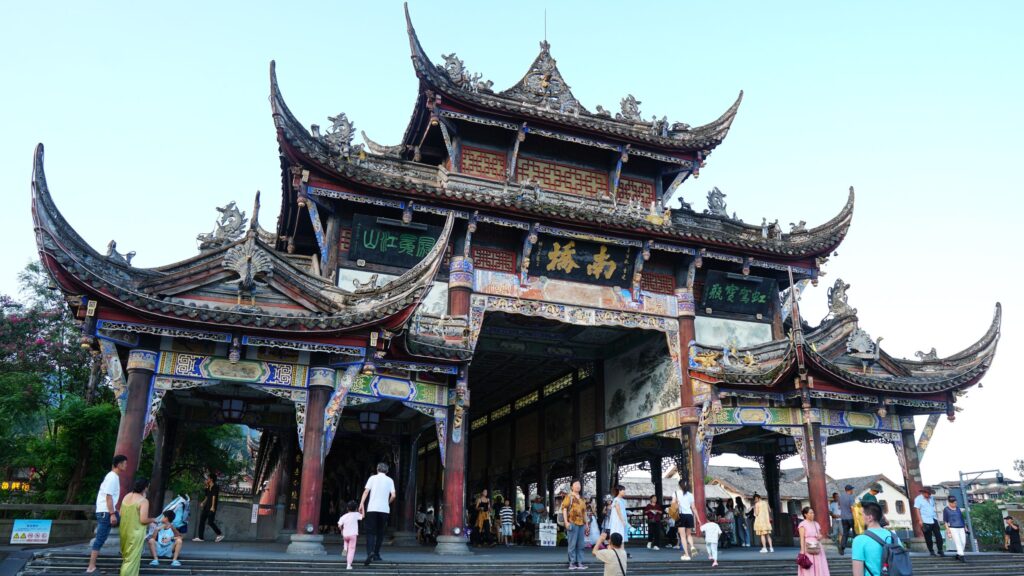
The bridge itself is a real spectacle, with its gracefully curved roofs, exquisite engravings, and sturdy stone structures. After crossing, we walk through the charming Old Town (古城, Gǔchéng) of Dujiangyan, which stretches along the canal. The area is bustling with shops and restaurants, offering a blend of history and local culture.
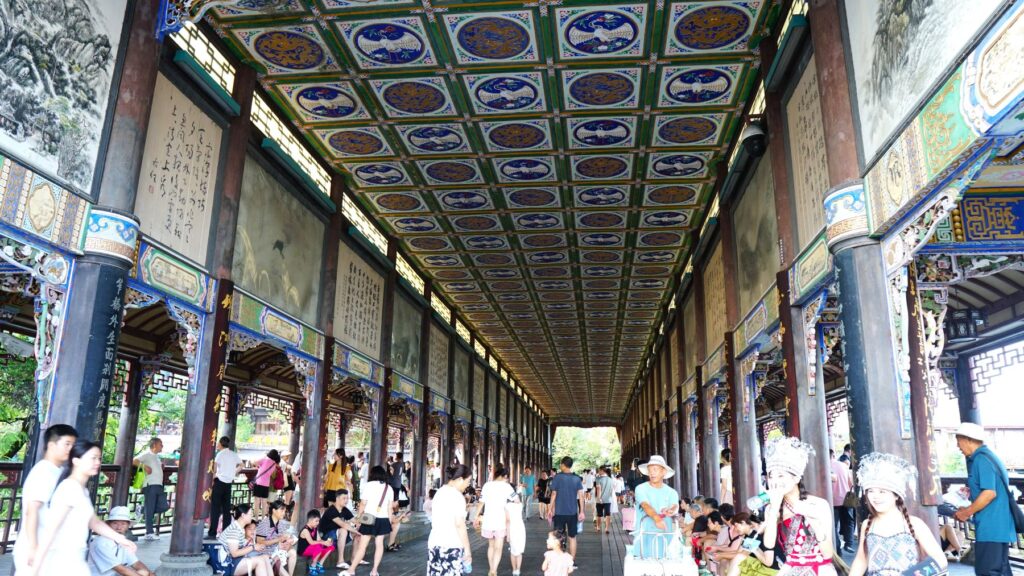
Dujiangyan’s “Blue Tears”
As the sun sets in Dujiangyan (都江堰), the city starts to glow with the mesmerizing “Blue Tears.” This captivating phenomenon lights up the Neijiang River (内江), casting a vivid blue that reflects off the running waters, creating a dreamlike scenery. While the glow isn’t natural—it’s the result of carefully designed LED lighting—the effect is still magical. The lights ripple with the movement of the river, giving the illusion of glowing “tears” flowing through the water, a sight that feels ancient and futuristic at the same time.
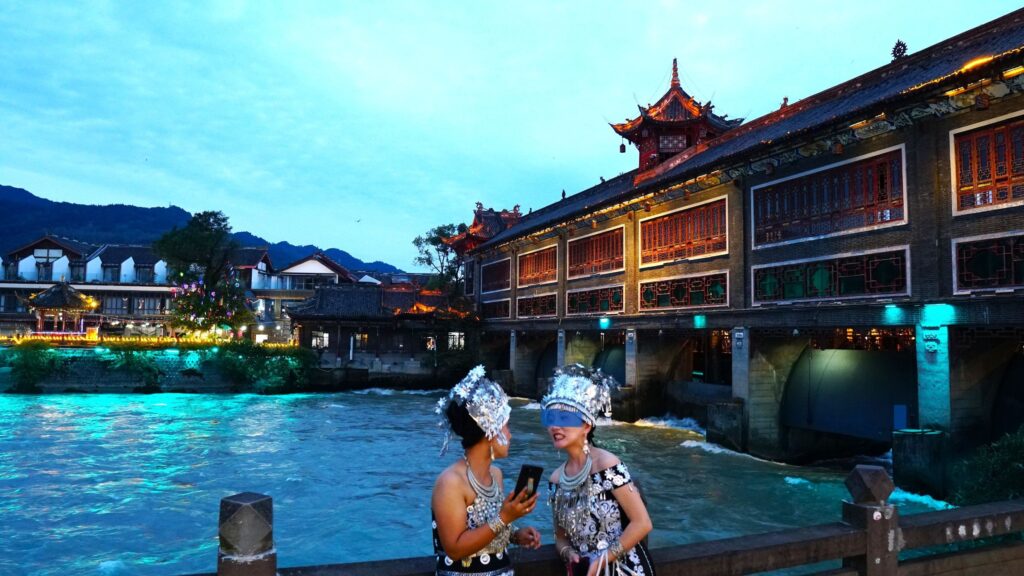
Sichuan Delicacies
By now, after a day of hiking and sightseeing, we’re absolutely famished. We decide to stop at a local restaurant that specializes in regional dishes. After all, we’re here not just to explore history but also the region’s rich flavors!
Sichuan cuisine is famous for its diversity and creativity, especially when it comes to protein sources. One dish that might initially seem unconventional to some but is a staple here is rabbit meat. Rabbit dishes are deeply rooted in the culinary identity of the Chengdu metropolitan area, and trying them is often seen as a culinary adventure—or a dare—for some visitors.
We start with Làjiāo Chǎo Tùròu (辣椒炒兔肉), a classic Sichuan dish of stir-fried rabbit with spicy chilies. Tender, bite-sized pieces of rabbit are marinated in a mix of soy sauce, rice wine, starch, and oil to keep them juicy. The dish is then stir-fried with fiery chilies, garlic, ginger, Sichuan peppercorns, star anise, and soy sauce, creating a flavor profile that’s spicy, savory, and deeply umami. The signature “ma la” sensation adds a tingling numbing kick, typical of Sichuan cuisine.
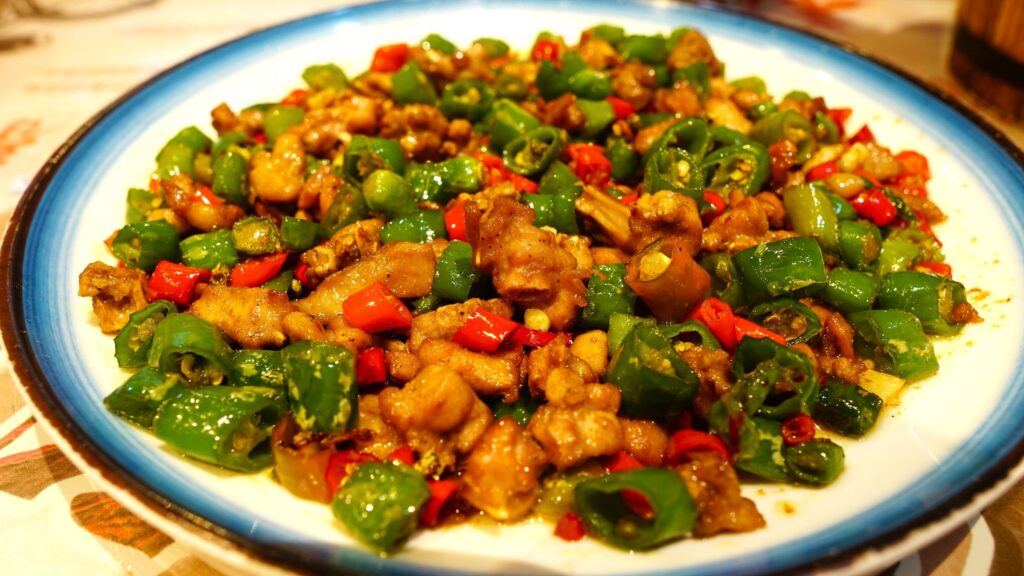
We also try Xiānglà Tùtóu (香辣兔头), a popular street food that’s as bold as it sounds: spicy rabbit head. The whole head is marinated in soy sauce, rice wine, ginger, garlic, and spices, then boiled with Sichuan peppercorns, star anise, cinnamon, and dried chilies until the meat is fall-off-the-bone tender. It’s then tossed in a fiery sauce made with chili oil, doubanjiang (fermented bean paste), and more spices. The dish is intensely spicy, aromatic, and surprisingly delicious.
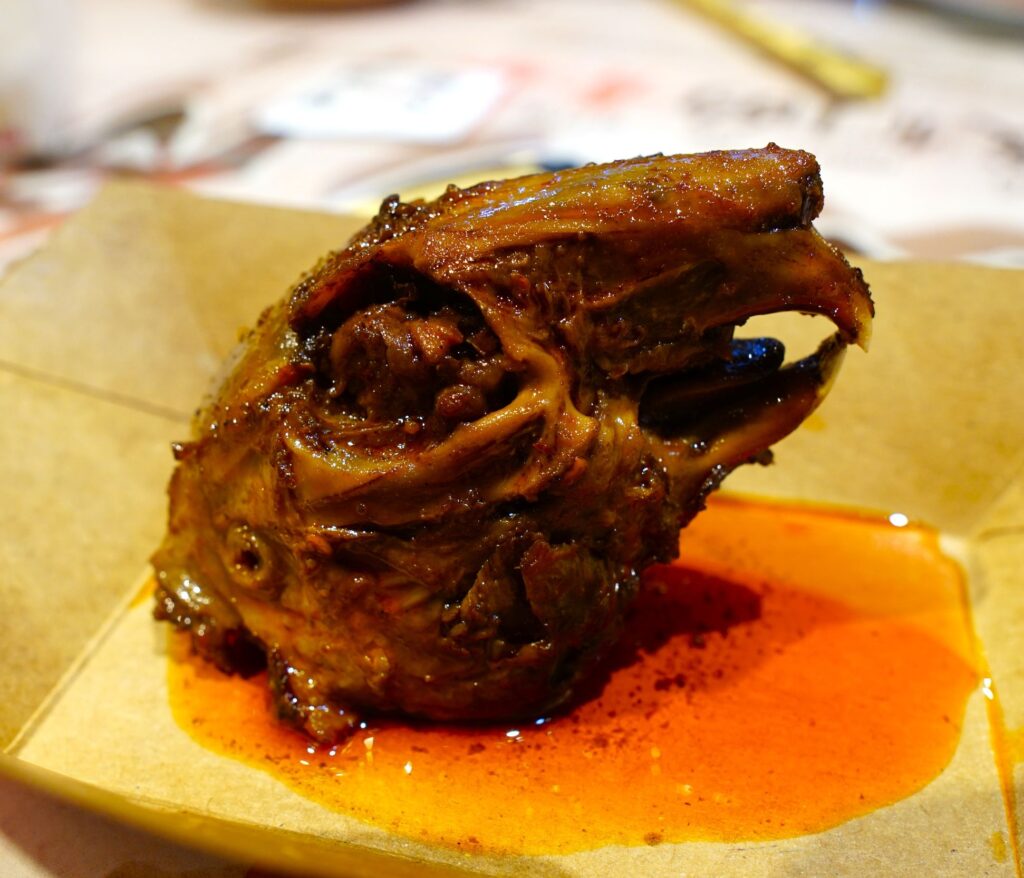
Pro tips: use the provided plastic gloves to keep your hands clean, and work your way through the head piece by piece.
The cheeks are the meatiest and most tender, while the tongue is soft and succulent.
The brain can be scooped out with a spoon or straw, and the ears offer a chewy, cartilage-rich texture.
This dish may challenge your palate, but it will reward you with unforgettable flavors.
As well as the fiery rabbit dishes, we order Jīntāng Suānlà Yú (金汤酸辣鱼), a sour-spicy fish soup with a golden broth. The broth gets its bright color from ingredients like turmeric, yellow chilies, or fermented bean paste, and its tangy flavor from vinegar or pickled mustard greens. The soup is filled with tender white fish, silken tofu, bamboo shoots, and other vegetables. The broth is spicy, sour, and rich in umami, while the fish remains delicate and flaky. It’s a comforting yet exhilarating dish that shows the complexity of Sichuan cuisine.
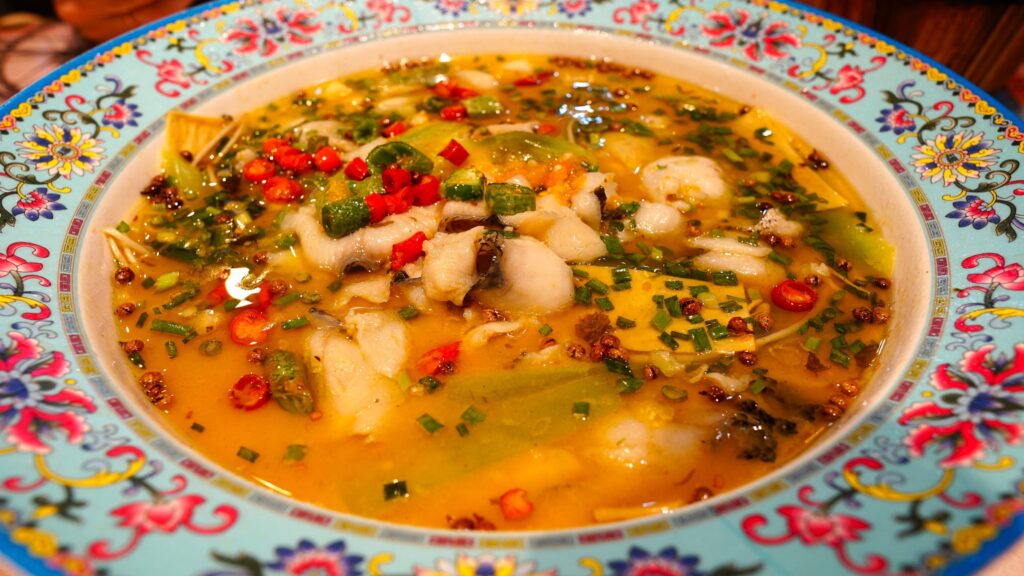
To round off the meal, we opt for something milder: Xiè Huáng Dòufu (蟹黄豆腐), a creamy dish of silken tofu topped with crab roe (蟹黄, Xiè Huáng). The tofu is buttery soft, and the crab roe adds a luxurious, slightly grainy texture and a deep, briny umami flavor. Enhanced with ginger and garlic, this dish is a soothing contrast to the bold flavors of the earlier courses.
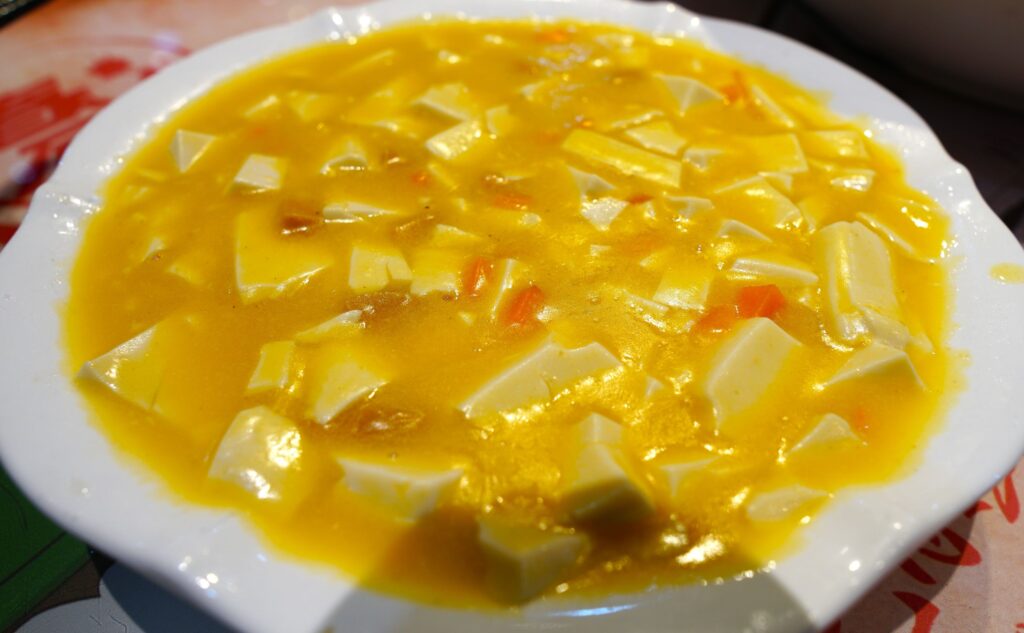
A Nighttime Stroll Along the Illuminated River
After dinner, we walk back to the Neijiang River, admiring the illuminated Nanqiao Bridge and the shimmering water. The night lights are part of a larger project to promote Dujiangyan as a cultural and tourist destination.
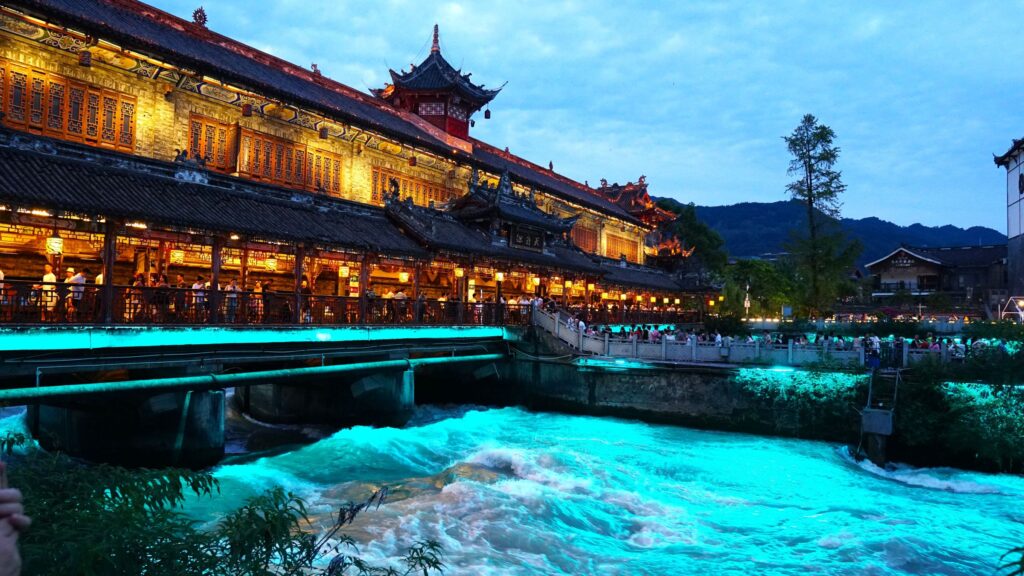
We follow the river upstream, passing the Tianfuyuan Bridge (天府源), another historic bridge that’s part of the ancient Dujiangyan Irrigation System.
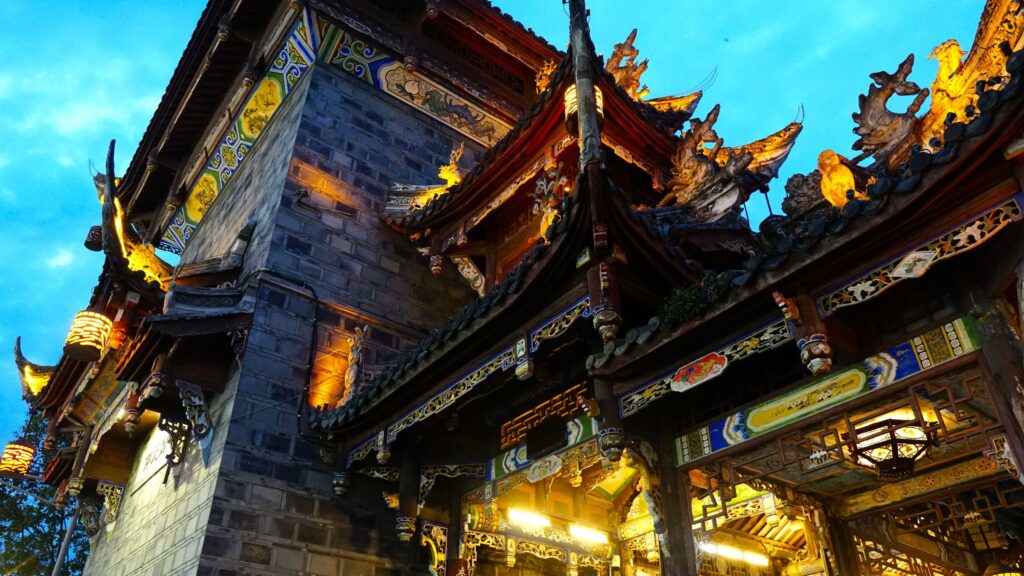
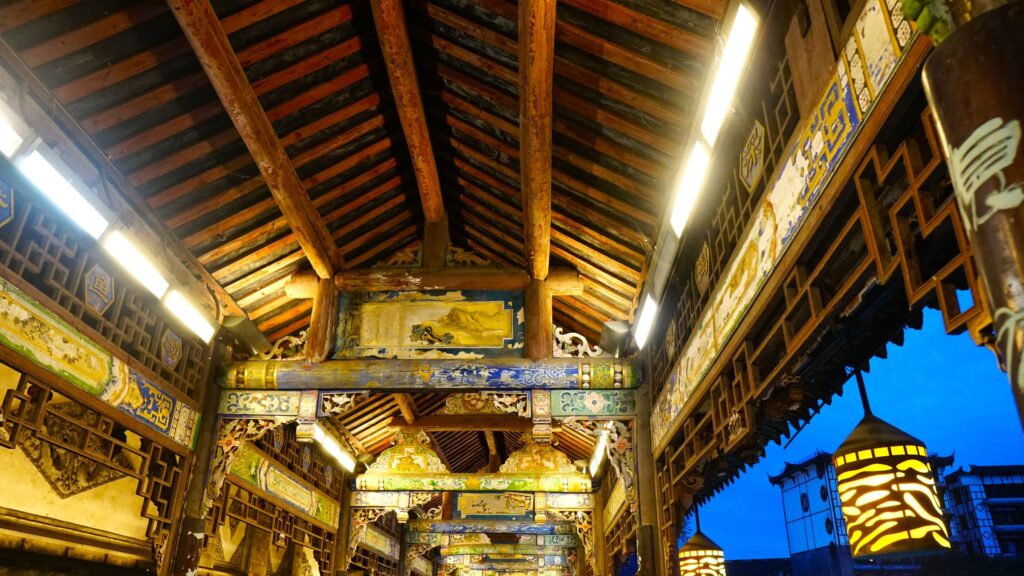
Here, the river splits into multiple channels, a testament to the ingenious design of the system, which was developed over 2,200 years ago. The warm glow of lanterns and the shimmering blue lights create a dramatic backdrop as the water rushes through the weirs, its power and beauty on full display.
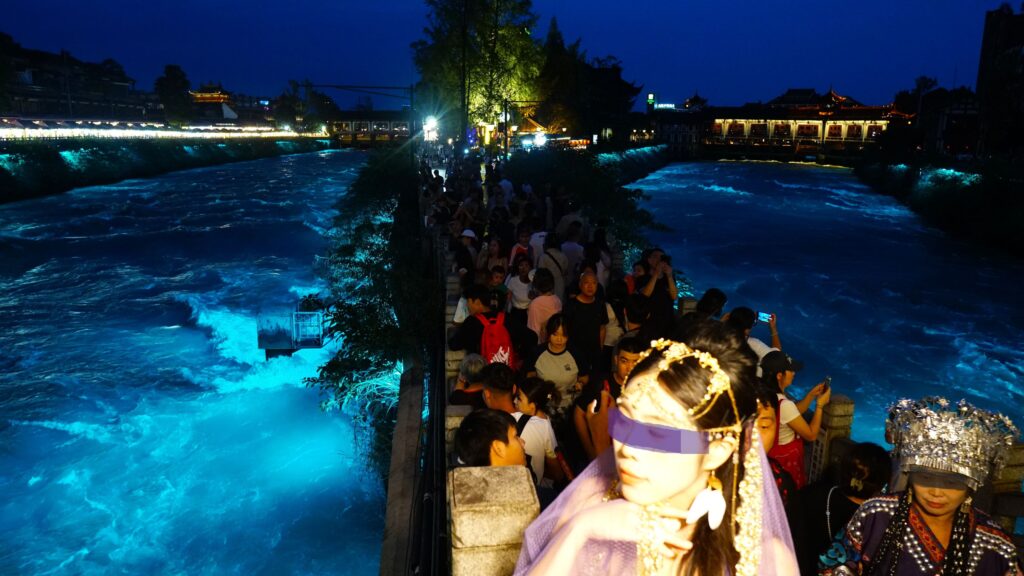
Our walk ends at the Guanxian Xuanhua Gate, a historical entrance to Dujiangyan’s Old Town. Lit up at night, it feels like a portal to another era. From here, we hail a Didi (China’s version of Uber) and head to the Dujiangyan Railway Station to catch a train back to Xipu.

After a trip beyond Chengdu’s city limits, our next journey brings us back to the city center. We’ll dive into the legacy of the Three Kingdoms era at Wuhou Shrine (武侯祠), wander through the charming Wide & Narrow Alleys (宽窄巷子), and soak in Chengdu’s laid-back spirit at People’s Park (人民公园). Stay tuned as we uncover more of Chengdu!
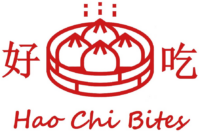


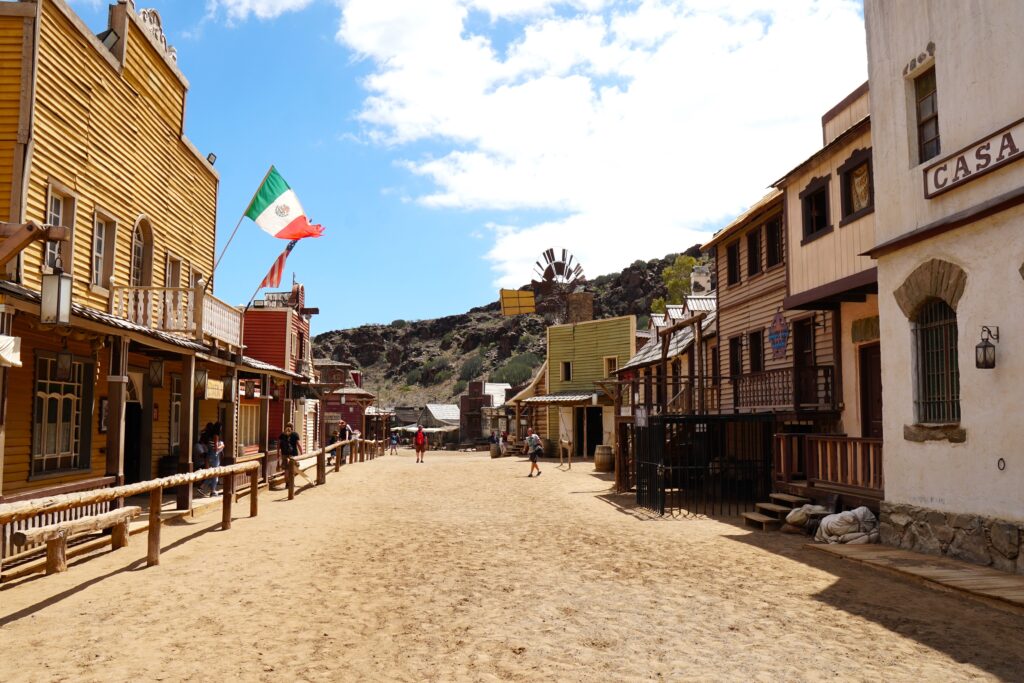

A very well-written and useful article. Thanks for sharing such valuable insights!
Thanks for sharing! So if I want to do both the front and back sides of the mountain, would that take two days and need two separate tickets?
It’ll most likely take two days, and yes, you’ll need to buy a separate ticket.
Great post! Thanks for the info!
Good article
Wow, the photos in this article are out of this world!
Great post! I loved reading about your trip to Chengdu. The breakfast pancake looks delicious and cheap – only 1 euro!
Qingcheng Mountain looks so peaceful with all the greens and old temples. It’s amazing that it’s the birthplace of Taoism. The cable car ride down looks really fun with those great views.
Dujiangyan and the blue lights at night are really impressive.
Can’t wait for your next chapter in Chengdu. Keep sharing! 😊